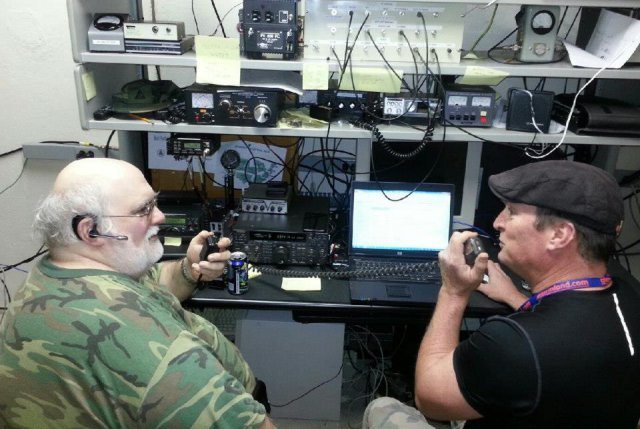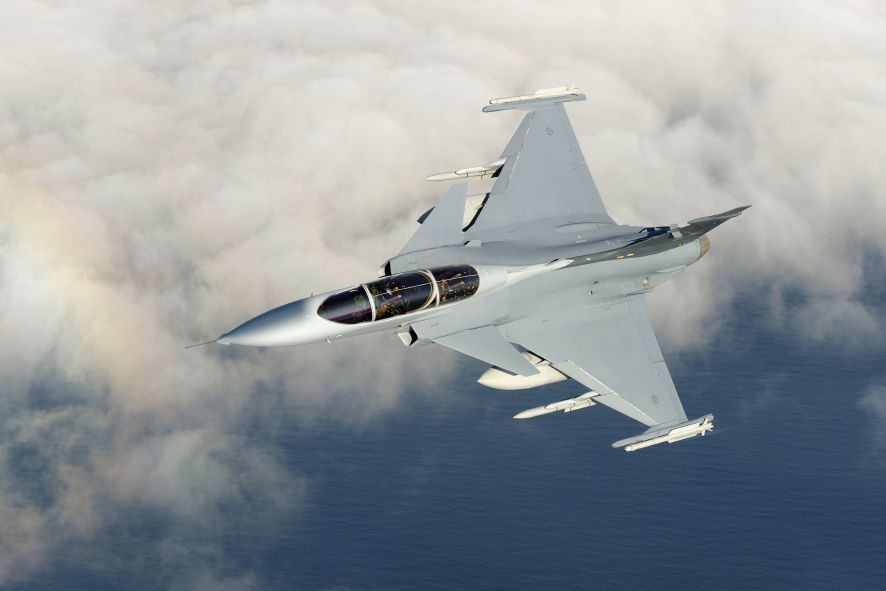Years before Soldiers used cell phones and social media, and when long-distance calling was expensive, service members would often communicate from remote areas to home via “MARSgrams” or MARS telephone patches.
These services were provided free of charge by the volunteer amateur or ham radio operators worldwide who make up the Military Auxiliary Radio System service, known as MARS.
Surprisingly, MARS and MARS operators still exist today in the Army in both the active and reserve components. They exist also in the other military services.
The Army’s Network Enterprise Technology Command at Fort Huachuca, Ariz., is responsible for the Army MARS Program. Its main focus is providing contingency communications support to the Army and Department of Defense. The command also provides support to civil authorities, said Paul English, Army MARS program manager.
The military and the rest of the government, as well as the private sector, rely on satellites for much of their communications. MARS does not, English said. He explained that it instead relies on high-frequency radios which bounce their signals off the Earth’s upper atmosphere, known as the ionosphere, to provide long-distance communications.
The ionosphere is a layer of the earth’s atmosphere that begins at about 53 miles above the ground. Signals bounce off this layer and then back to Earth and then back up again. It may take up to five bounces to get from one continent to the next, English said. The majority of MARS messages are transmitted via various military standard data modes and also voice.
While the main mission of MARS is contingency communications, English said that it still can and does provide phone patches for Soldiers and units.
In fact, Army MARS is working with the National Guard Bureau to expand this phone-patch capability.
“Currently, Soldiers are dependent on using their personal cellphones to call the satellite-control facility to coordinate bringing their satellite terminal up,” English said. Army MARS has run several proof-of-concept tests with the Guard Bureau to use MARS phone patches as an alternative to cellphones.
The Army too is coordinating this work with other agencies.
While most of the 1,300 Army MARS stations are in the United States, there are also many overseas, English said.
The majority of MARS stations are manned by volunteers, usually in their homes. But there are also several hundred government-run MARS stations at both the state and federal level. The latter include the Federal Emergency Management Agency and the Transportation Security Administration.
Army MARS operators participate in a number of exercises throughout the year. In August, MARS participated in an international humanitarian assistance disaster relief exercise conducted by U.S. Pacific Command. The exercise simulated a devastating hurricane hitting the country of “Pacifica,” role-played by personnel from Nepal.
MARS members worked with Nepalese amateur radio operators to demonstrate the utility of amateur radio and MARS to pass situational awareness information to DOD units to assist in developing a military response in the Pacific region, English said.
Also participating in that exercise were MARS operators on the West Coast, Hawaii, Japan, and Afghanistan. Simulated disaster information was successfully passed via high-frequency radio from amateur radio operators to MARS operators then sent on to staff officers in U.S. Pacific Command, he continued.
In October, MARS operators from around the continental U.S. participated in an international high-frequency radio exercise sponsored by the Canadian Signal Forces to celebrate their 110th anniversary.
“This exercise further tested MARS members’ ability to communicate with international signal units from Canada, England, Australia and New Zealand,” English said. “Future exercises such as this are now being planned as annual training opportunities.”
In November, MARS planned and executed a national-level exercise with DOD partners, numerous active duty and reserve component units, as well as some 15 state emergency operations centers.
“This exercise simulated a wide-spread communications outage affecting landline telephone, cellphones, and Internet,” English said. The 48-hour exercise was a graded event designed to stress the MARS volunteers’ ability to handle and respond to message traffic.
For the exercise, there were 350 participating Army MARS members who were joined by another 140 MARS members from the Air Force and Navy MARS. The volunteers logged more than 5,500 hours of on air support to handle the exercise message traffic.
MARS operators have participated not only in exercises, but also in real-world disasters, where most forms of communications were down.
During Hurricane Sandy, Mark Emanuele, Army MARS Region 2 emergency officer and fellow HAM operator Tom Logan, relayed important emergency messages from the hard-hit areas along the coast to other parts of the country.
To facilitate operations, the MARS regional map of the U.S. mirrors FEMA’s 10 regions. Region 2 includes New York and New Jersey.
The two were operating from the Army MARS position in the AT&T Disaster Recovery Station on the AT&T Labs Research and Development Campus in Middletown, N.J.
“We were on commercial power until about 8 p.m. Monday, when the campus switched over to the primary campus generator,” Emanuele said. That’s Oct. 29, 2012, the day Hurricane Sandy made landfall in New Jersey.
“At about 10 p.m. the primary generator failed, and we reverted to central office battery power for a minute or so until the backup generator kicked back in with limited power, which remained on for the duration,” he continued.
“During the height of the storm we could feel the five-story steel and reinforced concrete building shake with the high winds,” Emanuele said.
In 2013, Army MARS volunteers logged more than 257,000 hours of participation to the MARS program, English said.
English said one of those volunteers even wrote software that allows MARS members to encrypt message traffic prior to transmission over the radio. “Even though all the information being passed on MARS networks is unclassified, due to operational security concerns, encrypting our traffic eliminates the ability for the messages to be received and read by the general public,” he said.
Former Soldier and Vietnam War veteran Jacques Bannamon said he is glad to see the MARS system is still around. Bannamon said he used MARS to keep in touch with his family from Vietnam and other areas of the world where he was stationed over the years.











